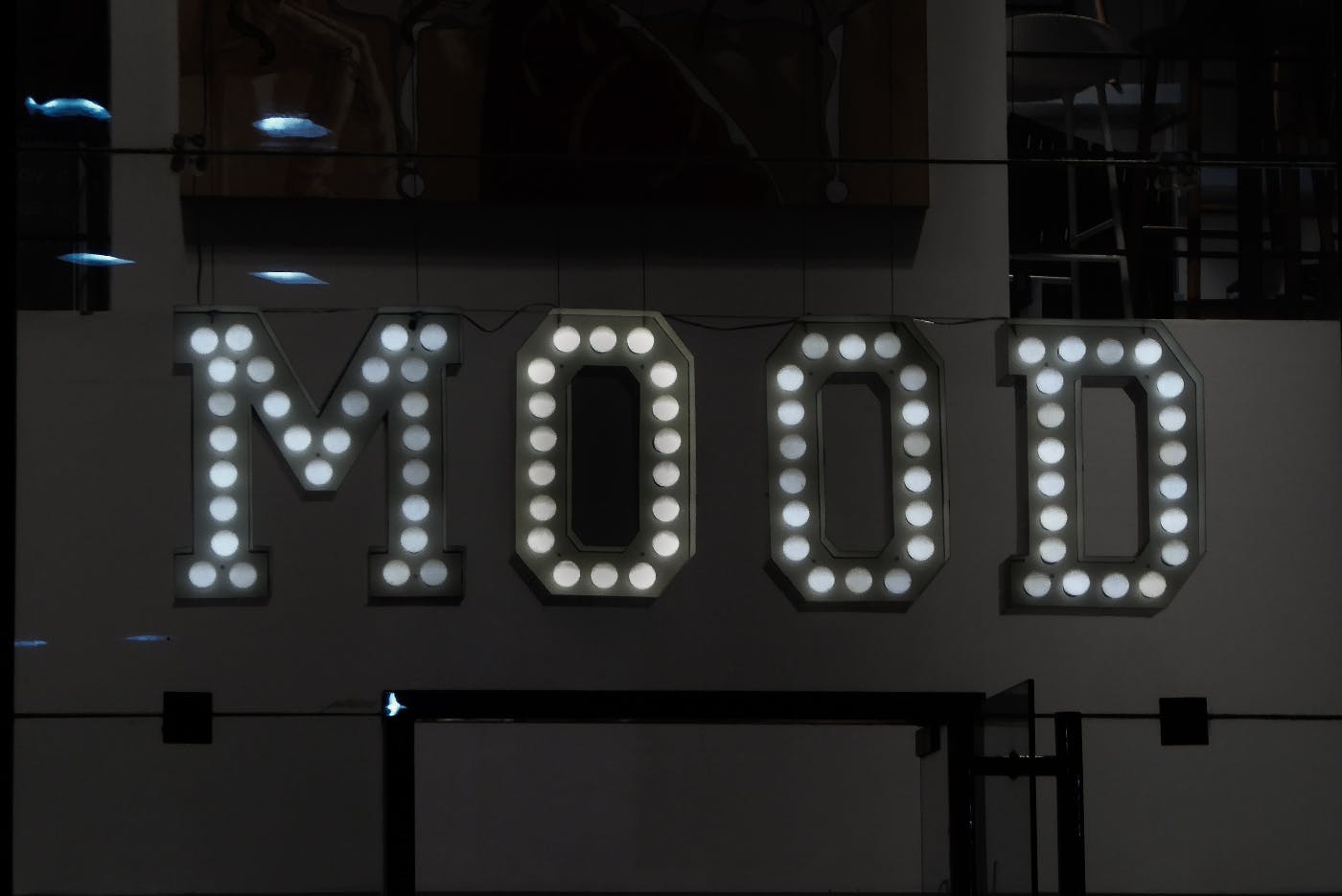

One of the most powerful techniques to achieve this is through emotional appeal.
In the world of marketing and advertising, creating copy that effectively resonates with your target audience is crucial for success. One of the most powerful techniques to achieve this is through emotional appeal. By understanding and tapping into the emotions of your audience, you can create copy that connects with them on a deeper level, leading to stronger engagement, increased brand loyalty, and, ultimately, higher conversion rates.
Emotional appeal in copywriting involves crafting messages that evoke specific emotions within your target audience. These emotions can range from joy and excitement to fear and sadness, depending on the goals and values of your brand. By aligning your copy with the emotions that your audience wants to experience or avoid, you can effectively persuade and motivate them to take action.
Here are some key strategies to master the art of emotional appeal and create copy that resonates with your target audience:
Know Your Target Audience
Before you can effectively appeal to your audience's emotions, you must first understand who they are and what motivates them. Conduct thorough market research to gain insights into their demographics, psychographics, and pain points. By understanding their fears, desires, and aspirations, you can tailor your copy to address their specific emotional needs.
Identify the Core Emotions
Once you have a deep understanding of your target audience, identify the core emotions that drive them. Common emotions include happiness, pride, fear, guilt, and nostalgia. Align your copy with these emotions by using language, imagery, and storytelling techniques that elicit the desired emotional response.
Use Compelling Storytelling
Storytelling is a powerful tool for emotional appeal. Craft narratives that connect with your audience's experiences, challenges, and dreams. By telling stories that evoke emotions, you can create a sense of empathy and build a stronger emotional bond with your audience. Use vivid language and sensory details to bring your stories to life.
Choose the Right Tone
The tone of your copy is essential in eliciting the desired emotional response. It should be aligned with your brand's personality and resonate with your target audience. Whether you want to inspire, motivate, or comfort, the tone should be consistent throughout your copy and evoke the intended emotions.

Use Emotional Triggers
Certain words, phrases, and visuals have the power to trigger specific emotions. For example, words like "love," "freedom," or "success" can evoke positive emotions, while terms like "fear," "loss," or "miss out" can stimulate a sense of urgency or anxiety. Incorporate these emotional triggers strategically in your copy to guide your audience's emotional journey.
Appeal to Values and Beliefs
Emotional appeal can be amplified by tapping into your audience's values and beliefs. Understand what matters most to them and align your copy with those principles. By highlighting how your product or service fulfills their values or contributes to their beliefs, you can create a strong emotional connection that motivates action.
Create a Sense of FOMO
Fear of missing out (FOMO) is a powerful emotion that can drive people to take action. By creating a sense of urgency or exclusivity in your copy, you can tap into this fear and motivate your audience to make a purchase or engage with your brand. Limited-time offers, scarcity, and social proof can all be effective in generating a sense of FOMO.
Test and Refine
Creating emotionally appealing copy is an iterative process. Continuously test different approaches, messages, and emotional triggers to see what resonates best with your audience. Analyze the data and feedback you receive to refine and optimize your copywriting strategy.

Summing Up
mastering the art of emotional appeal in copywriting is a powerful tool for engaging and connecting with your target audience. By tapping into the depths of human emotions, copywriters can create content that speaks directly to the hearts and minds of their readers. The ability to tell compelling stories, use evocative language and understand the desires and pain points of the audience are essential skills for crafting copy that resonates. When done effectively, emotional appeal can forge a strong bond, establish trust, and inspire action. By embracing the art of emotional appeal in copywriting, you can elevate your brand's message, create meaningful connections, and achieve remarkable results in your marketing efforts. Remember, behind every purchasing decision lies an emotional impulse waiting to be ignited by skillfully crafted copy.
Did You Know
In today's digital landscape, creativity reigns supreme, particularly in the realm of web design and development. As the Web 3 era unfolds, it presents a multitude of opportunities for innovative thinkers and visionaries to push the boundaries of what's possible. A key ingredient to a successful online presence lies in the art of copywriting, where engaging and persuasive words breathe life into websites and captivate audiences. Within this dynamic landscape, a full-service creative agency like ThoughtLab emerges as a trailblazer, seamlessly blending design, development, and the power of storytelling to create immersive digital experiences that leave lasting impressions.
